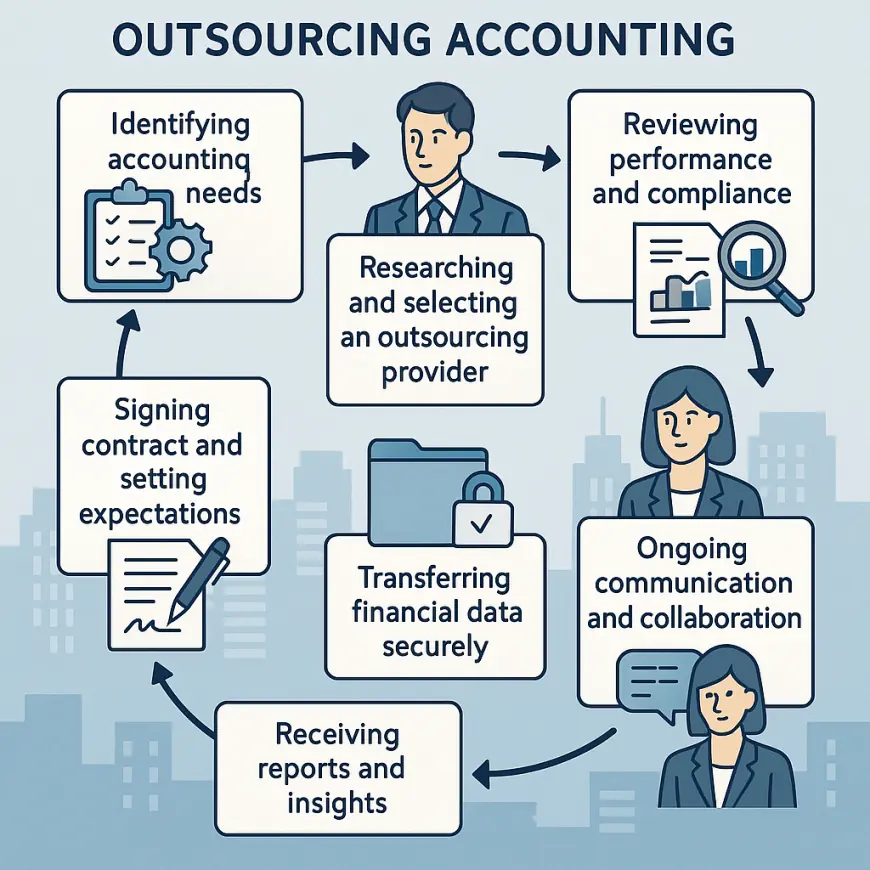Understanding Drawings in Accounting: What Small Business Owners Need to Know
For many small business owners, especially sole traders and partnerships, understanding how to manage personal withdrawals from the business — known as drawings — is crucial for maintaining clear financial records and ensuring smooth tax reporting. While drawings might seem straightforward, they can sometimes cause confusion, particularly when it comes to their treatment in accounting and taxation.
What Are Drawings?
Drawings are amounts of money or other assets taken out of the business by the owner(s) for personal use. Unlike salaries or wages paid to employees, drawings are not considered a business expense but rather a reduction in the owner’s equity or capital in the business.
For example, if a sole trader withdraws £1,000 from their business bank account to cover personal expenses, this amount is recorded as drawings. These withdrawals reduce the owner’s stake in the business but do not affect the business’s profit or loss.
Drawings vs Salary: What’s the Difference?
It’s important to distinguish between drawings and salary:
-
Salary is a fixed payment made to employees or directors and is a business expense that reduces profit.
-
Drawings are withdrawals by the owner and do not appear as an expense on the profit and loss statement.
For business owners operating as limited companies, drawings usually take the form of dividends or director’s loans, which have different tax implications.
How Are Drawings Recorded in Accounting?
In accounting, drawings are recorded by debiting the drawings account and crediting the cash or bank account. This reduces the owner’s equity on the balance sheet. Since drawings are not expenses, they don’t impact the company’s reported profits.
Here’s a simple example of the journal entry when an owner withdraws £500 for personal use:
| Account | Debit | Credit |
|---|---|---|
| Drawings Account | £500 | |
| Cash/Bank | £500 |
What You Need to Know About Drawings and Taxes
For sole traders and partnerships in the UK, the government allows many businesses to use the cash basis accounting method, which simplifies income and expense tracking. Under this method, drawings are still not considered expenses and don’t affect taxable profits.
It’s also worth noting that the UK is implementing basis period reforms aimed at simplifying how profits are allocated to tax years. These reforms may affect how you report your profits and handle drawings, so staying updated or consulting with a professional accountant is advisable.
Why Tracking Drawings Is Important
-
Maintaining clear records: Properly recording drawings ensures your business accounts accurately reflect your equity.
-
Tax compliance: Since drawings do not reduce taxable profit, mixing personal and business expenses can lead to errors and potential HMRC issues.
-
Cash flow management: Monitoring drawings helps ensure the business maintains enough working capital for operations.
Tips for Small Business Owners
-
Keep your personal and business finances separate. Avoid paying personal expenses directly from business accounts without recording drawings.
-
Record every withdrawal promptly with supporting documentation.
-
Consult with an accountant to understand the best practices for your business structure and to

stay compliant with changing tax laws.
Conclusion
Drawings are a fundamental part of accounting for small business owners, but they require careful management to avoid confusion and errors in financial reporting. Understanding their treatment in accounting and tax, and keeping accurate records, can help ensure your business remains compliant and financially healthy.
For more detailed guidance on accounting and tax management for small businesses, visit HMRC’s official website or consult a professional accountant.
What's Your Reaction?
 Like
0
Like
0
 Dislike
0
Dislike
0
 Love
0
Love
0
 Funny
0
Funny
0
 Angry
0
Angry
0
 Sad
0
Sad
0
 Wow
0
Wow
0
















































